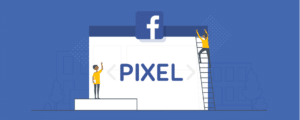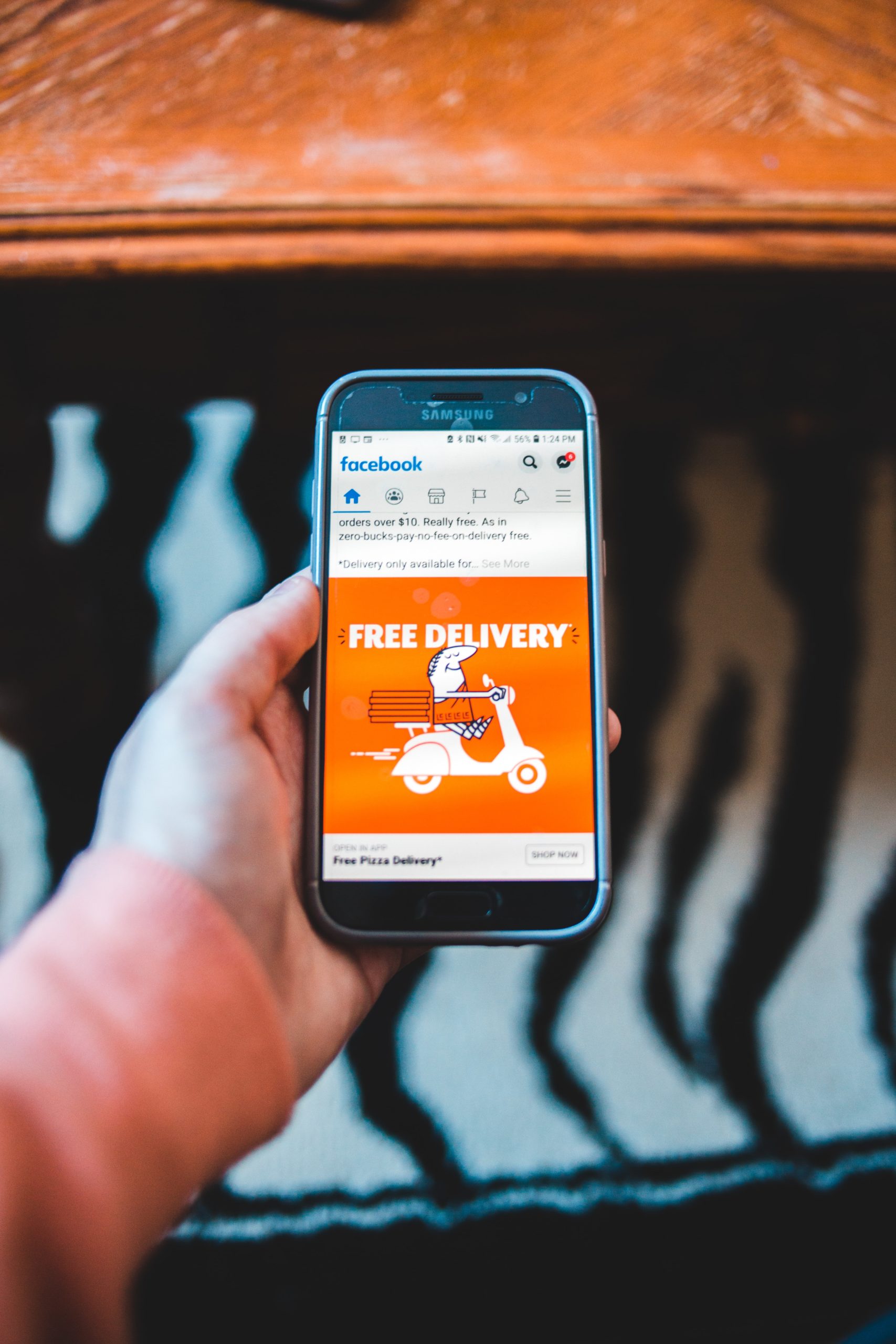We come to you this week from fresh new offices in Parnell. Having outgrown our studio space in Great South Road, Auckland, we’re busy settling in to our new digs and loving the change of scenery.
The move is a great reminder that little changes can make a big difference, so I’m here this week with another kind of small change those of you using Facebook advertising can make that could change the game for your conversion rates. Actually, this change can be really big – turbo charging your return on investment!
Whoever said nothing good in life comes easy hasn’t heard about the Facebook Pixel! I’m such a fan, I’ve taken some time out from the unboxing to explain the ins and outs of this must-have tool. Read on to find out why the Facebook Pixel is set to be your new marketing best friend, if it isn’t already.
First up, What’s a Facebook Pixel?

The Facebook Pixel is Facebook’s version of a common tool used across most advertising platforms. It’s essentially a piece of code that’s used to help you track visitors on your website, to help you re-market to them later on. The Facebook Pixel can ensure your ads are shown to the right people (i.e. those most likely to purchase), can drive more sales and will help you measure the impact of your ads. Sadly, we do see many Facebook campaigns where the Facebook Pixel is not implemented, resulting in missed opportunities and wasted marketing investment.
Why should I track my website visitors?
By tracking your potential customers’ online behaviours, you can get a much deeper understanding of what they are looking for and what drives them, allowing you to customise much more relevant and convincing campaigns and events that will increase your chance of a sale.
The Facebook Pixel offers five key functions to boost your sales:
1. Custom Audiences from your website
If you have the Facebook Pixel installed, you can track the movements of any visitors on your website who are simultaneously logged into Facebook. The pixel can track important behaviours like:
- What pages a user visits
- When a user visited a page
- How far down the page a user scrolled
- How long a user spent on page
You can then use this information to advertise to specific groups of people and identify other ‘lookalike audiences’ (groups of people matching the description of buying customers) to reach out to.
2. Standard and custom events
When someone takes an action on your site, such as ‘add to cart’ or ‘subscribe’, the Facebook Pixel logs it as an event. You can use the pixel to track two different types of events:
1. A standard event, or predefined actions Facebook recognises across ad products, such as. ‘add to wishlist’ or ‘add payment info’
2. Custom events, or an event not covered by Facebook, which you give a name to.
Tracking these types of behaviours allows you to target specific groups of customers with your advertising.
3. Custom conversions
Much like custom audiences, custom conversions let you create rules for events or URLs. When you create these rules, you can measure more specific customer actions. Facebook explains it like this:
‘An online clothing business wants to see online sales for men’s clothing over USD 50. That business can create a custom conversion that fires every time someone makes such a purchase. To do this, they can select purchase as the conversion event and then create two rules:
1. A URL rule: The URL where this purchase takes place contains the keyword “mens”.
2. A parameter-based rule: The value parameter is greater than USD 50.
Once this custom conversion receives enough fires, it can also be used to optimise ad delivery. That means we could show your ad to people most likely to purchase men’s clothing over USD 50.’
4. Dynamic ads
If you run an e-commerce site, you can use the Facebook Pixel to run dynamic Facebook ads.
Dynamic ads show different people different things based on what they’re most likely to respond to, using templates that correspond with certain behaviours. For example, if you are selling sunglasses, you can create custom templates that deliver different sales prompts to different audiences. One group may be interested in your sale section, another may want to see what’s new in store, while another may want ‘red glasses for men’. Using data collected from the Facebook Pixel, a dynamic ad can target unique audiences in unique ways.
5. Better conversion (more sales!)
When you install the Facebook Pixel, Facebook learns what a conversion is for your business (i.e. product sale, client booking etc.) and will target ads to people most likely to convert, so you’re not wasting money on audiences unlikely to take action.
How to get your own Facebook Pixel
You can create a Facebook Pixel in six easy steps.
1. Go to ‘Events Manager’ in your Facebook Ads Manager account.
2. Click ‘Connect Data Sources’ and select ‘Web’.
3. Choose ‘Facebook Pixel’ and click ‘Connect’.
4. Name your pixel.
5. Add your website URL to check for setup options.
6. Click ‘Continue’.
Need more help?

Grow NZ Business specialises in helping Kiwi businesses with their marketing strategy and execution to generate positive cashflow. We are a registered service provider with the Regional Business Partner Network, so your business may be eligible for a 50% subsidy for your marketing strategy development.

